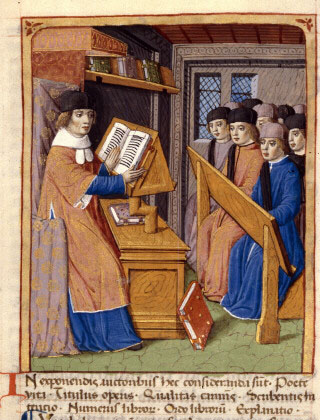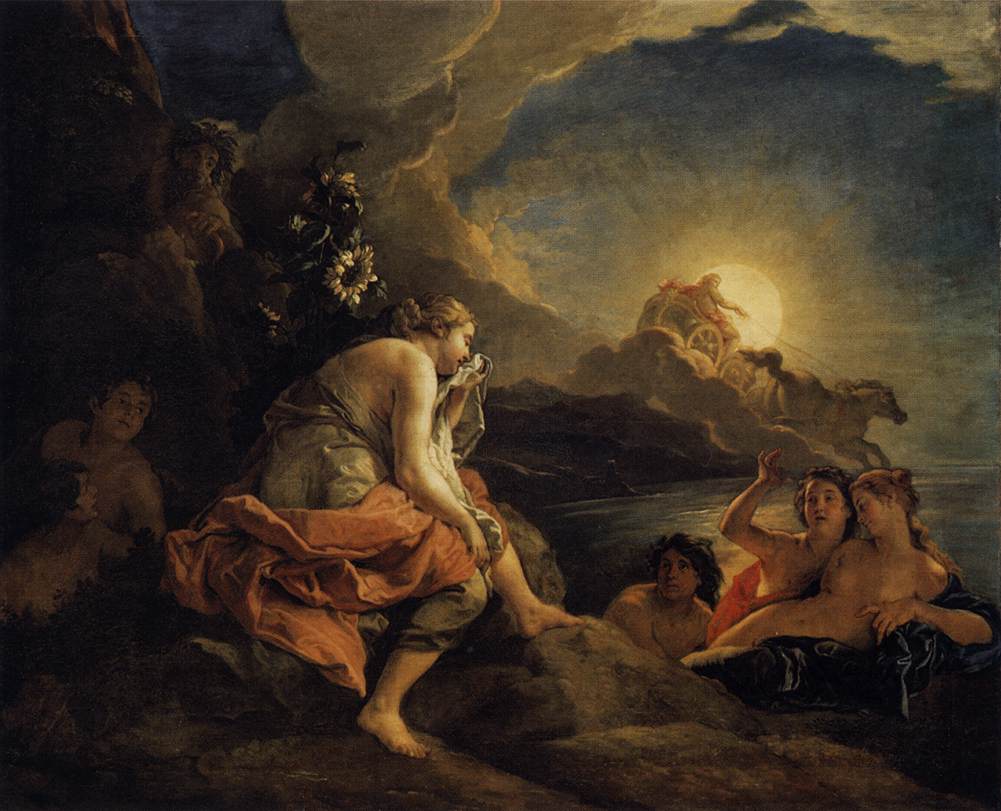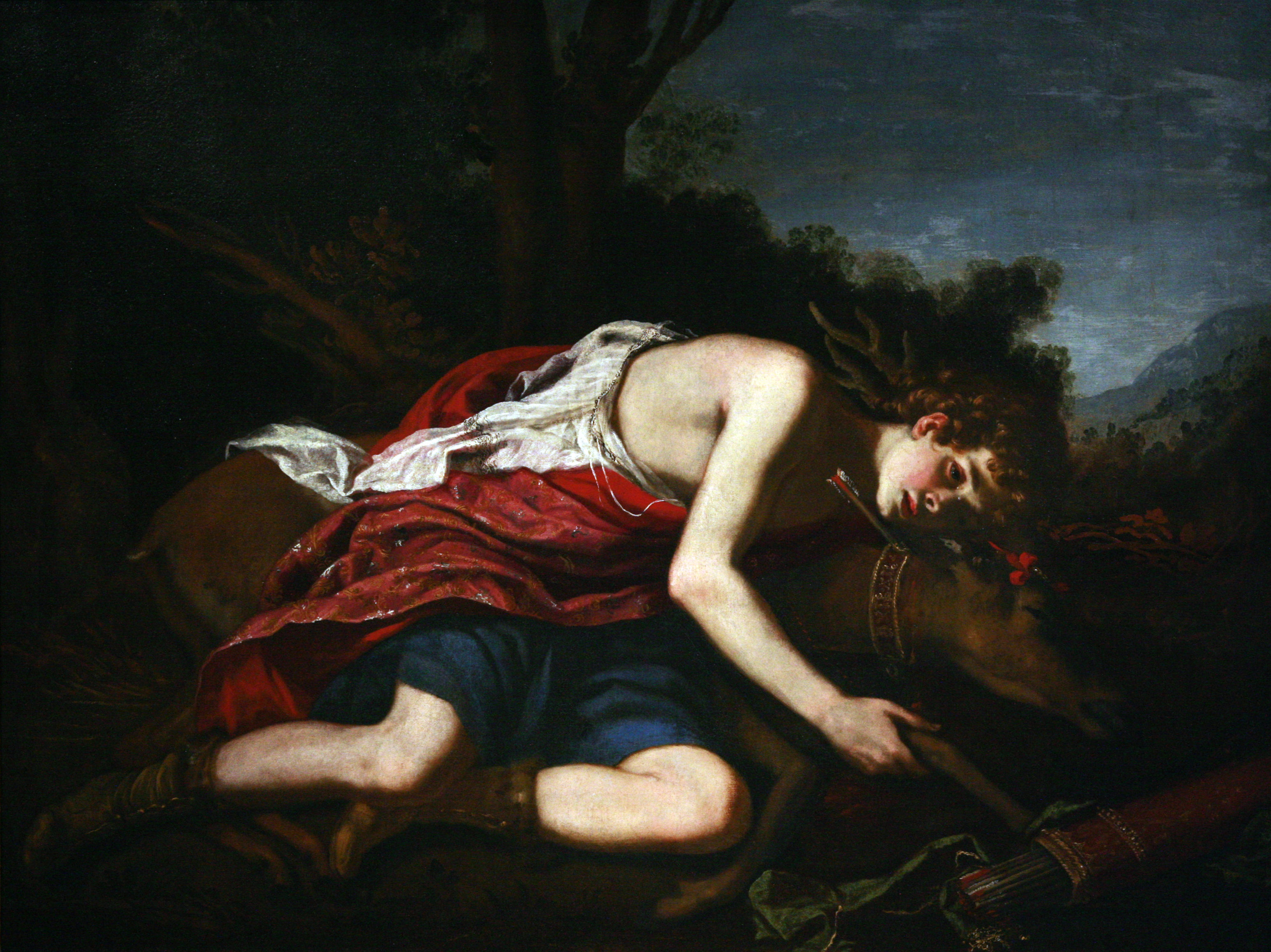|
Anethus
In Greek and Roman mythology, Anethus () is a beautiful youth who undergoes transformation under unclear conditions and becomes a small flowering plant bearing his name, the dill. He and his story is only found in Maurus Servius Honoratus, a Latin grammarian who lived in the fourth and fifth centuries AD. Etymology The ancient Greek word for dill (''anethum graveolens'') is (ánēthon), a neuter noun. It was also spelled (''ánnēthon''), (''ánēton'') and (''ánnēton''). According to Robert Beekes it is probably of pre-Greek origin, as are all words ending in a -thos/-thon suffix. Mythology The story of Anethus's minor transformation into the dill plant is only found in Servius, who writes that Anethus, much like the poppy and the daffodil, belonged to the class of the beautiful youths that were transformed into the plants bearing their names. Besides this brief mention, the full story of Anethus, his family, his birthplace, the deity responsible and the context behind ... [...More Info...] [...Related Items...] OR: [Wikipedia] [Google] [Baidu] |
Dill
Dill (''Anethum graveolens'') is an annual herb in the celery family Apiaceae. It is native to North Africa, Iran, and the Arabian Peninsula; it is grown widely in Eurasia, where its leaves and seeds are used as a herb or spice for flavouring food. Etymology The word ''dill'' and its close relatives are found in most of the Germanic languages; its ultimate origin is unknown. Taxonomy The genus name ''Anethum'' is the Latin form of Greek ἄνῑσον / ἄνησον / ἄνηθον / ἄνητον, which meant both "dill" and " anise". The form 'anīsum' came to be used for anise, and 'anēthum' for dill. The Latin word is the origin of dill's names in the Western Romance languages ('anet', 'aneldo' etc.), and also of the obsolete English 'anet'. Botany Dill grows up to from a taproot like a carrot. Its stems are slender and hollow with finely divided, softly delicate leaves; the leaves are alternately arranged, long with ultimate leaf divisions measuring broad, s ... [...More Info...] [...Related Items...] OR: [Wikipedia] [Google] [Baidu] |
Ameinias (mythology)
In Greek mythology, Ameinias () was a young man who fell in love with Narcissus, a handsome hunter from Thespiae in Boeotia, who had already spurned all his other suitors, according to the version of Narcissus's myth by Conon (''Narrations,'' 24). Mythology Narcissus also spurned Ameinias and gave him a sword. The latter committed suicide at Narcissus's doorstep after being rejected by him. He had prayed to Nemesis to give Narcissus a lesson for all the pain he provoked. Narcissus walked by a pool of water and decided to drink some. He saw his reflection, became entranced by it, and killed himself because he could not have his object of desire, or gazing endlessly at the image, he slowly pined away and was transformed by the nymphs into a narcissus flower. Others say he was instead filled with remorse for humiliating Ameinias and killed himself beside the pool—and from his dying life's blood the flower was born. It was said that because of this tragedy, the Thespians came t ... [...More Info...] [...Related Items...] OR: [Wikipedia] [Google] [Baidu] |
Greek Mythology
Greek mythology is the body of myths originally told by the Ancient Greece, ancient Greeks, and a genre of ancient Greek folklore, today absorbed alongside Roman mythology into the broader designation of classical mythology. These stories concern the ancient Greek religion's view of the Cosmogony, origin and Cosmology#Metaphysical cosmology, nature of the world; the lives and activities of List of Greek deities, deities, Greek hero cult, heroes, and List of Greek mythological creatures, mythological creatures; and the origins and significance of the ancient Greeks' cult (religious practice), cult and ritual practices. Modern scholars study the myths to shed light on the religious and political institutions of ancient Greece, and to better understand the nature of mythmaking itself. The Greek myths were initially propagated in an oral tradition, oral-poetic tradition most likely by Minoan civilization, Minoan and Mycenaean Greece, Mycenaean singers starting in the 18th century&n ... [...More Info...] [...Related Items...] OR: [Wikipedia] [Google] [Baidu] |
Hyacinth (mythology)
Hyacinth or Hyacinthus Ancient Greece, (Ancient Greek: , , ) is a Greek hero cult, deified hero and a lover of Apollo in Greek mythology. His cult at Amyclae southwest of Sparta dates from the Mycenaean Greece, Mycenaean era. The hero is mythically linked to local cults and identified with Apollo. In the Classical period, a temenos (sanctuary) grew up around what was alleged to be his tumulus, burial mound, which was located at the feet of a statue of Apollo. Family Hyacinth was given various parentage, providing local links, as the son of Clio and Pierus of Magnesia, Pierus,Bibliotheca (Pseudo-Apollodorus), Apollodorus1.3.3/ref> or King Oebalus of Sparta,Lucian, ''Dialogues of the Gods'Hermes and Apollo I/ref> or of king Amyclas of Sparta, Amyclus of Sparta, progenitor of the people of Amyclae, dwellers about Sparta. As the youngest and most beautiful son of Amyclas and Diomede, daughter of Lapithes (hero), Lapithes, Hyacinth was the brother of Cynortas, Cynortus, Argalus,Paus ... [...More Info...] [...Related Items...] OR: [Wikipedia] [Google] [Baidu] |
Maurus Servius Honoratus
Servius, distinguished as Servius the Grammarian ( or ), was a late fourth-century and early fifth-century grammarian. He earned a contemporary reputation as the most learned man of his generation in Italy; he authored a set of commentaries on the works of Virgil. These works, ("Exposition on Three Works of Virgil"), ("Commentaries on Virgil"), ("Commentaries on the Works of Vergil"), or ("Commentaries on the Poems of Virgil"), constituted the first incunable to be printed at Florence, by Bernardo Cennini, in 1471. In the ''Saturnalia'' of Macrobius, Servius appears as one of the interlocutors; allusions in that work and a letter from Symmachus to Servius indicate that he was not a convert to Christianity. Name The name Servius also appears as Seruius owing to the unity of the Latin letters V and U from antiquity until as late as the 18th century. Many medieval manuscripts of Servius's commentaries give him the praenomen Marius or Maurus and the cognomen Honoratu ... [...More Info...] [...Related Items...] OR: [Wikipedia] [Google] [Baidu] |
A Greek-English Lexicon
A, or a, is the first letter and the first vowel letter of the Latin alphabet, used in the modern English alphabet, and others worldwide. Its name in English is '' a'' (pronounced ), plural ''aes''. It is similar in shape to the Ancient Greek letter alpha, from which it derives. The uppercase version consists of the two slanting sides of a triangle, crossed in the middle by a horizontal bar. The lowercase version is often written in one of two forms: the double-storey and single-storey . The latter is commonly used in handwriting and fonts based on it, especially fonts intended to be read by children, and is also found in italic type. In English, '' a'' is the indefinite article, with the alternative form ''an''. Name In English, the name of the letter is the ''long A'' sound, pronounced . Its name in most other languages matches the letter's pronunciation in open syllables. History The earliest known ancestor of A is ''aleph''—the first letter of the Phoenicia ... [...More Info...] [...Related Items...] OR: [Wikipedia] [Google] [Baidu] |
Clarendon Press
Oxford University Press (OUP) is the publishing house of the University of Oxford. It is the largest university press in the world. Its first book was printed in Oxford in 1478, with the Press officially granted the legal right to print books by decree in 1586. It is the second-oldest university press after Cambridge University Press, which was founded in 1534. It is a department of the University of Oxford. It is governed by a group of 15 academics, the Delegates of the Press, appointed by the vice-chancellor of the University of Oxford. The Delegates of the Press are led by the Secretary to the Delegates, who serves as OUP's chief executive and as its major representative on other university bodies. Oxford University Press has had a similar governance structure since the 17th century. The press is located on Walton Street, Oxford, opposite Somerville College, in the inner suburb of Jericho. For the last 400 years, OUP has focused primarily on the publication of pedagogic ... [...More Info...] [...Related Items...] OR: [Wikipedia] [Google] [Baidu] |
Oxford University Press
Oxford University Press (OUP) is the publishing house of the University of Oxford. It is the largest university press in the world. Its first book was printed in Oxford in 1478, with the Press officially granted the legal right to print books by decree in 1586. It is the second-oldest university press after Cambridge University Press, which was founded in 1534. It is a department of the University of Oxford. It is governed by a group of 15 academics, the Delegates of the Press, appointed by the Vice Chancellor, vice-chancellor of the University of Oxford. The Delegates of the Press are led by the Secretary to the Delegates, who serves as OUP's chief executive and as its major representative on other university bodies. Oxford University Press has had a similar governance structure since the 17th century. The press is located on Walton Street, Oxford, Walton Street, Oxford, opposite Somerville College, Oxford, Somerville College, in the inner suburb of Jericho, Oxford, Jericho. ... [...More Info...] [...Related Items...] OR: [Wikipedia] [Google] [Baidu] |
Brill Publications
Brill Academic Publishers () is a Dutch international academic publisher of books, academic journals, and Bibliographic database, databases founded in 1683, making it one of the oldest publishing houses in the Netherlands. Founded in the South Holland city of Leiden, it maintains its headquarters there, while also operating offices in Boston, Paderborn, Vienna, Singapore, and Beijing. Since 1896, Brill has been a public limited company (). Brill is especially known for its work in subject areas such as Oriental studies, classics, religious studies, Jewish studies, Islamic studies, Asian studies, international law, and human rights. The publisher offers traditional print books, academic journals, primary source materials online, and publications on microform. In recent decades, Brill has expanded to Electronic publishing, digital publishing with ebooks and online resources including databases and specialty collections varying by discipline. History Founding by Luchtmans, 16 ... [...More Info...] [...Related Items...] OR: [Wikipedia] [Google] [Baidu] |
Minthe
In ancient Greek religion and Greek mythology, Minthe (also spelled Menthe, Mintha or Mentha; or or ) is an underworld naiad associated with the river Cocytus. She was beloved by and mistress to Hades, the king of the underworld, but she was transformed into a mint plant by either his wife Persephone or her mother Demeter. The plant was also called by some as hedyosmos (), which means "sweet-smelling". Etymology The ancient Greek noun or translates to 'mint'. According to Robert Beekes, it is of undoubtedly pre-Greek origin due to the variant ending in "-ᾰ". The ''-nth-''/''-nthos-'' element in ''menthe'' has been described as a characteristic of a class of words borrowed from a Pre-Greek language: compare '' akanthos'', ''Zakynthos'', ''labyrinthos'', '' Korinthos'', and '' hyakinthos''. The word has been also found in a Bronze Age tablet, spelled in Linear B as (mi-ta). Mythology The naiad Minthe, daughter of the infernal river-god Cocytus, became concubine ... [...More Info...] [...Related Items...] OR: [Wikipedia] [Google] [Baidu] |
Clytie (Oceanid)
Clytie (; ) or Clytia (; ) is a water nymph, daughter of the Titans Oceanus and Tethys (mythology), Tethys in Greek mythology. She is thus one of the 3,000 Oceanid nymphs, and sister to the 3,000 River gods (Greek mythology), river-gods. According to the myth, Clytie loved the sun-god Helios in vain, but he left her for another woman, the princess Leucothoe (daughter of Orchamus), Leucothoe, under the influence of Aphrodite, the goddess of love. In anger and bitterness, she revealed their affair to the girl's father, indirectly causing her doom as the king Premature burial, buried her alive. This failed to win Helios back to her, and she was left lovingly staring at him from the ground; eventually she turned into a Heliotropium, heliotrope, a violet flower that gazes at the Sun each day in its diurnal journey. Clytie's story is mostly known from and fully preserved in Ovid's narrative poem ''Metamorphoses'', though other brief accounts and references to her from other authors su ... [...More Info...] [...Related Items...] OR: [Wikipedia] [Google] [Baidu] |
Cyparissus
In Greek mythology, Cyparissus or Kyparissos () was a boy beloved by Apollo, or, in some versions, by other deities. In the best-known version of the story, the favorite companion of Cyparissus was a tamed stag, which he accidentally killed with his hunting javelin as it lay sleeping in the woods. The boy's grief was such that it transformed him into a cypress tree, a classical symbol of mourning. The myth is thus aetiological in explaining the relation of the tree to its cultural significance. The subject is mainly known from Hellenized Latin literature and frescoes from Pompeii. No Greek hero cult devoted to Cyparissus has been identified. Family According to the grammarian Servius (4th and 5th centuries AD), Cyparissus was the son of Telephus, and thus the grandson of Heracles. Mythology As initiation myth The myth of Cyparissus, like that of Hyacinthus, has often been interpreted as reflecting the social custom of pederasty in ancient Greece, with the boy the b ... [...More Info...] [...Related Items...] OR: [Wikipedia] [Google] [Baidu] |





